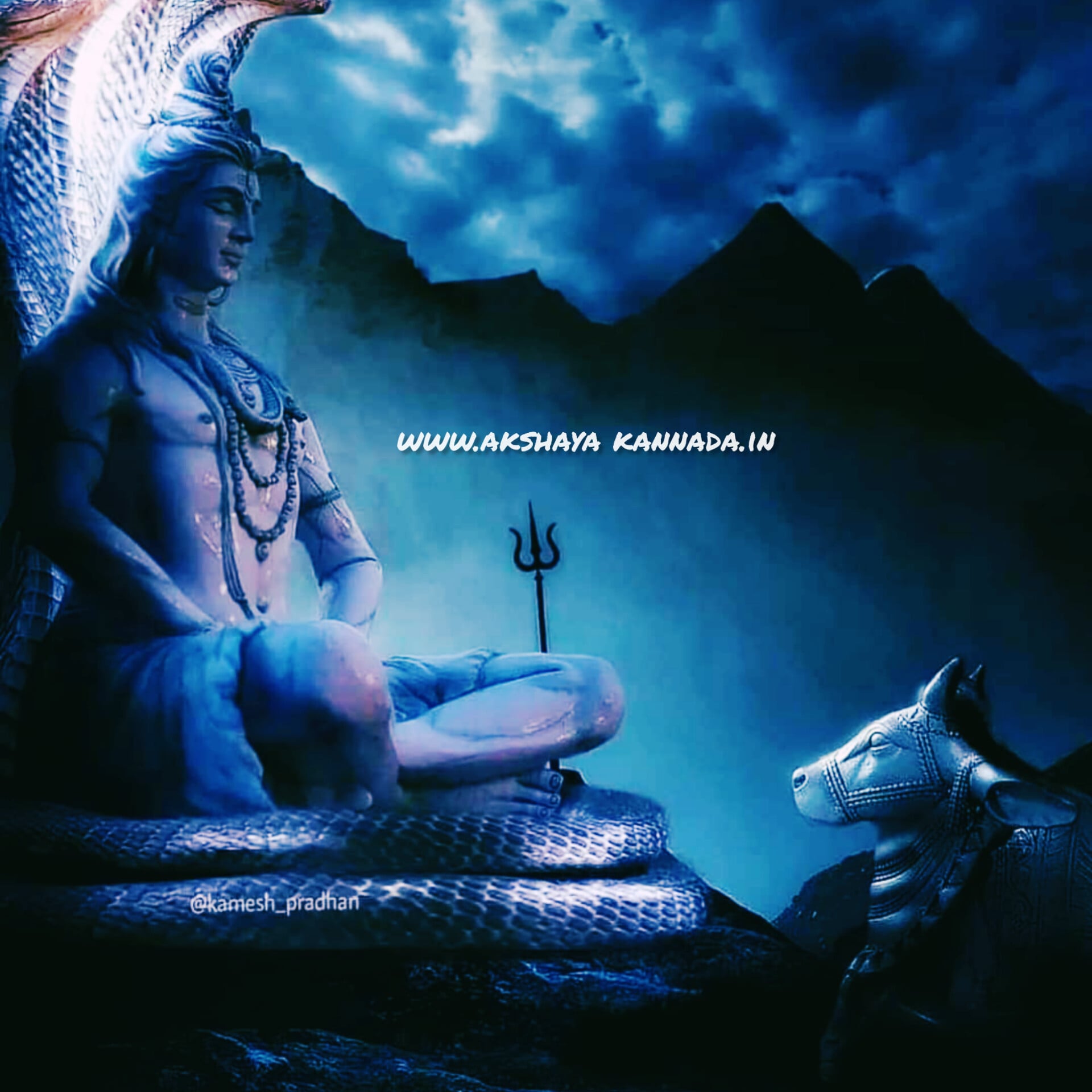Exploring the 64 Forms of Lord Shiva: Understanding the Many Faces of the Divine part -2
21. Nataraja Shiva – The form of Shiva that represents the lord of the dance. Nataraja Shiva is often depicted as a figure performing the cosmic dance and is believed to symbolize the cycle of creation and destruction.
22. Nilakantha Shiva – The form of Shiva that represents the deity with a blue throat. Nilakantha Shiva is associated with the story of the churning of the ocean and is believed to have drunk the poison that emerged from it, which turned his throat blue.
23. Panchamukha Shiva – The form of Shiva that represents the five-faced god. Panchamukha Shiva is often depicted as a figure with five faces, each representing a different aspect of the deity.
24. Pashupati Shiva – The form of Shiva that represents the lord of all creatures. Pashupati Shiva is associated with animals and is believed to preside over the animal kingdom.
25. Pinakapani Shiva – The form of Shiva that represents the deity with a bow. Pinakapani Shiva is often depicted as a warrior with a bow and arrow and is believed to protect his devotees from danger.
If you interested to read about Lord Venkateshwara Swami Why Devotees Calling Govinda Govinda..
26. Rishabhadeva Shiva – The form of Shiva that represents the deity worshipped by the Jain community. Rishabhadeva Shiva is often depicted as a figure with a bull, which is the emblem of the Jain community.
27. Rudra Shiva – The form of Shiva that represents the fearsome aspect of the deity. Rudra Shiva is associated with destruction and is believed to cause disease and suffering.
28. Sadashiva Shiva – The form of Shiva that represents the eternal form of the deity. Sadashiva Shiva is often depicted as a figure with five faces and ten arms and is believed to represent the five elements of nature.
29. Sharabha Shiva – The form of Shiva that represents the deity with the body of a lion and the head of a bird. Sharabha Shiva is associated with the story of the deity overpowering the demon-king Hiranyakashipu.
30. Shiva-Shakti Shiva – The form of Shiva that represents the union of the deity with his consort, the goddess Shakti. Shiva-Shakti Shiva is often depicted as a figure with both masculine and feminine features and is believed to represent the ultimate form of balance and harmony.
31. Shoolin Shiva – The form of Shiva that represents the deity with a trident. Shoolin Shiva is often depicted as a warrior with a trident and is believed to represent the power of destruction.
32. Somaskanda Shiva – The form of Shiva that represents the deity with his consort, the goddess Parvati, and their son, the god Skanda. Somaskanda Shiva is often depicted as a family unit and is believed to represent the power of creation.
33. Sthanu Shiva – The form of Shiva that represents the eternal and unchanging aspect of the deity. Sthanu Shiva is often depicted as a pillar or a column and is believed to represent the stability of the universe.
34. Tripurantaka Shiva – The form of Shiva that represents the deity who destroyed the three demon cities of Tripura. Tripurantaka Shiva is often depicted as a fierce warrior who holds a bow and arrow and is believed to represent the power of destruction.
35. Uma Maheshwara Shiva – The form of Shiva that represents the deity with his consort, the goddess Uma. Uma Maheshwara Shiva is often depicted as a family unit and is believed to represent the power of creation.
36. Urdhva Tandava Shiva – The form of Shiva that represents the deity performing the cosmic dance with his arms raised above his head. Urdhva Tandava Shiva is believed to represent the power of creation and destruction.
37. Vamadeva Shiva – The form of Shiva that represents the deity with a calm and peaceful demeanor. Vamadeva Shiva is often depicted as a seated figure with a gentle expression and is believed to represent the power of balance and harmony.
38. Veerabhadra Shiva – The form of Shiva that represents the deity who was created to avenge the death of his consort, the goddess Sati. Veerabhadra Shiva is often depicted as a fierce warrior with multiple arms and is believed to represent the power of destruction.
39. Virupaksha Shiva – The form of Shiva that represents the deity with a third eye. Virupaksha Shiva is often depicted as a figure with three eyes, with the third eye located in the center of the forehead, and is believed to represent the power of intuition and insight.
40. Vishwanath Shiva – The form of Shiva that represents the lord of the universe. Vishwanath Shiva is often depicted as a seated figure with his consort, the goddess Parvati, and is believed to represent the power of creation and destruction.
Click Here : To be Continue Exploring the 64 Forms of Shiva Part- 1
Click Here : To be Continue Exploring the 64 Forms of Shiva Part- 3
